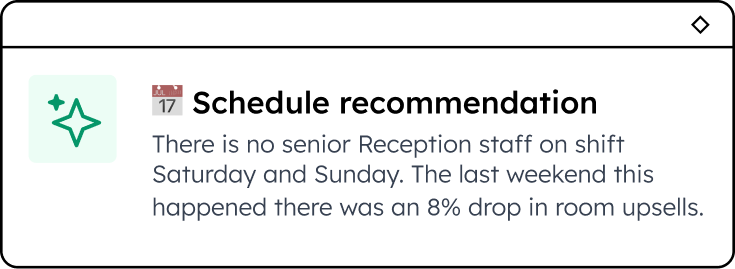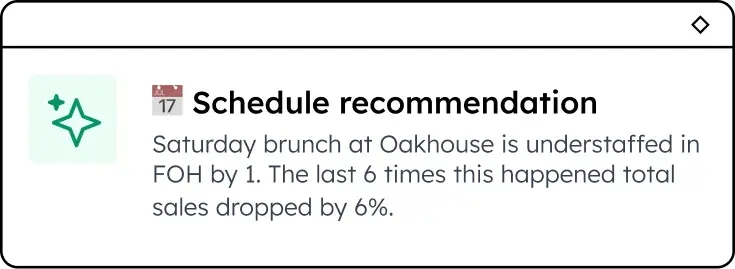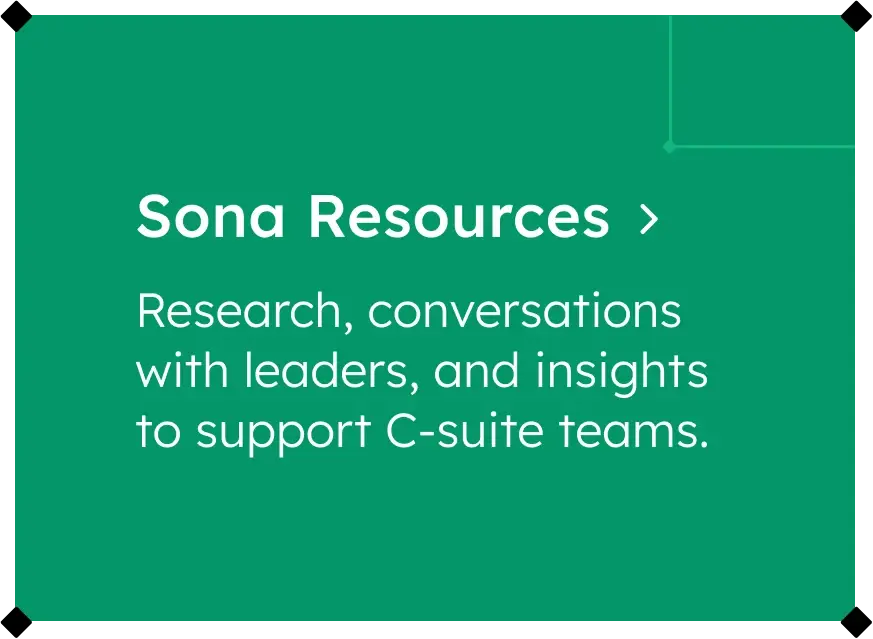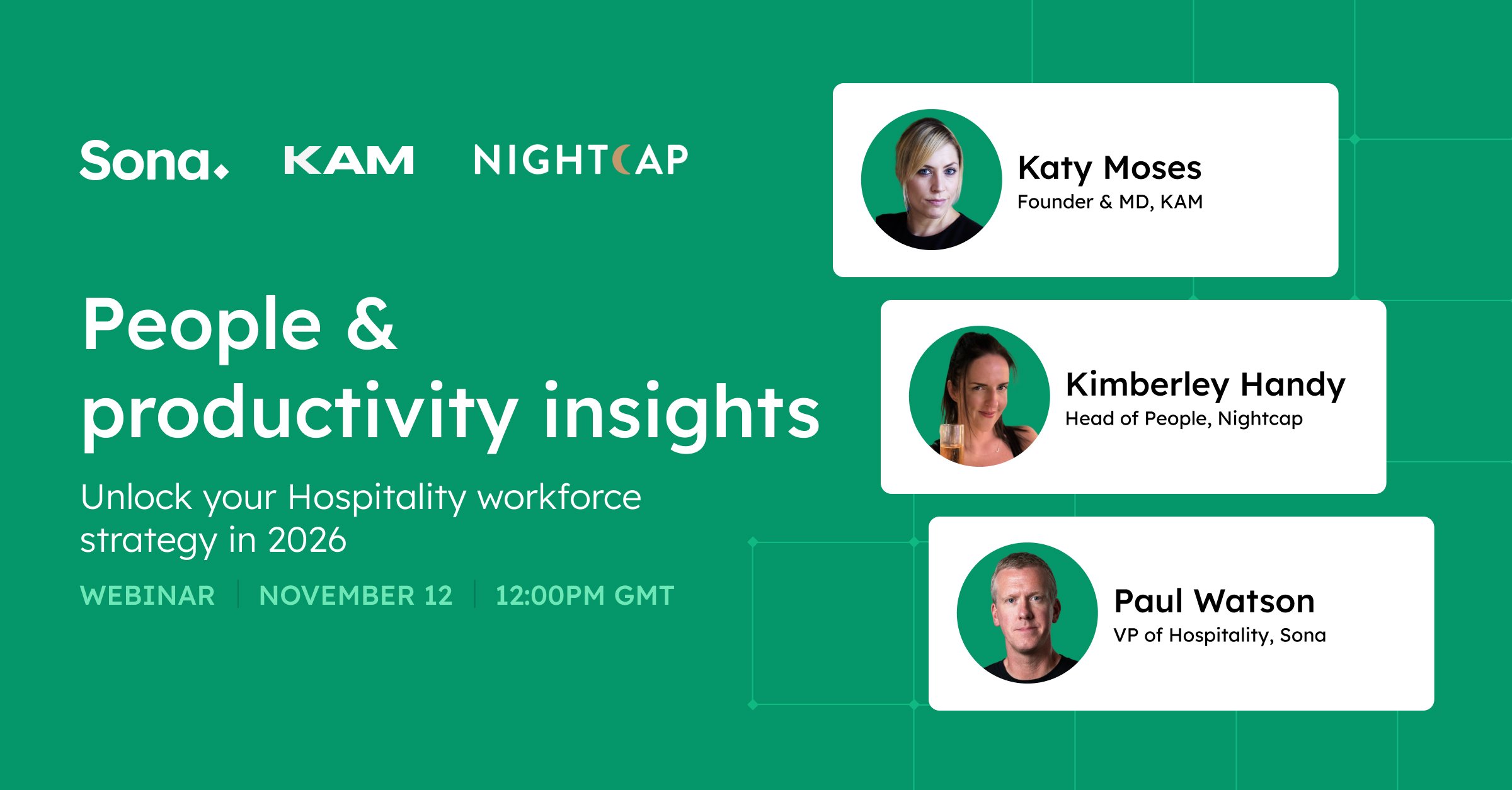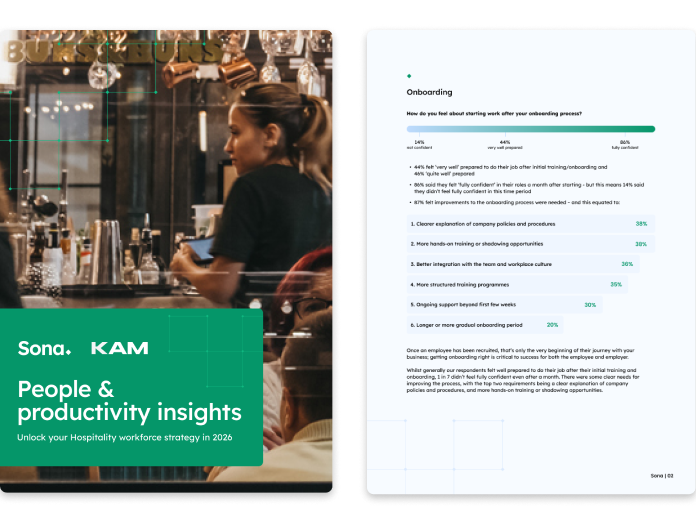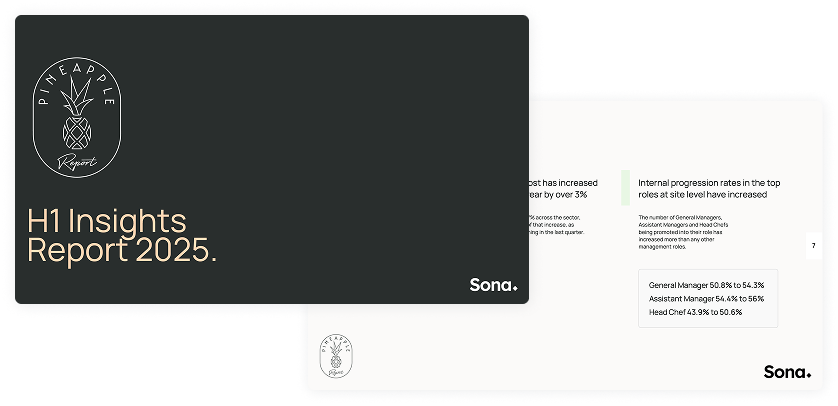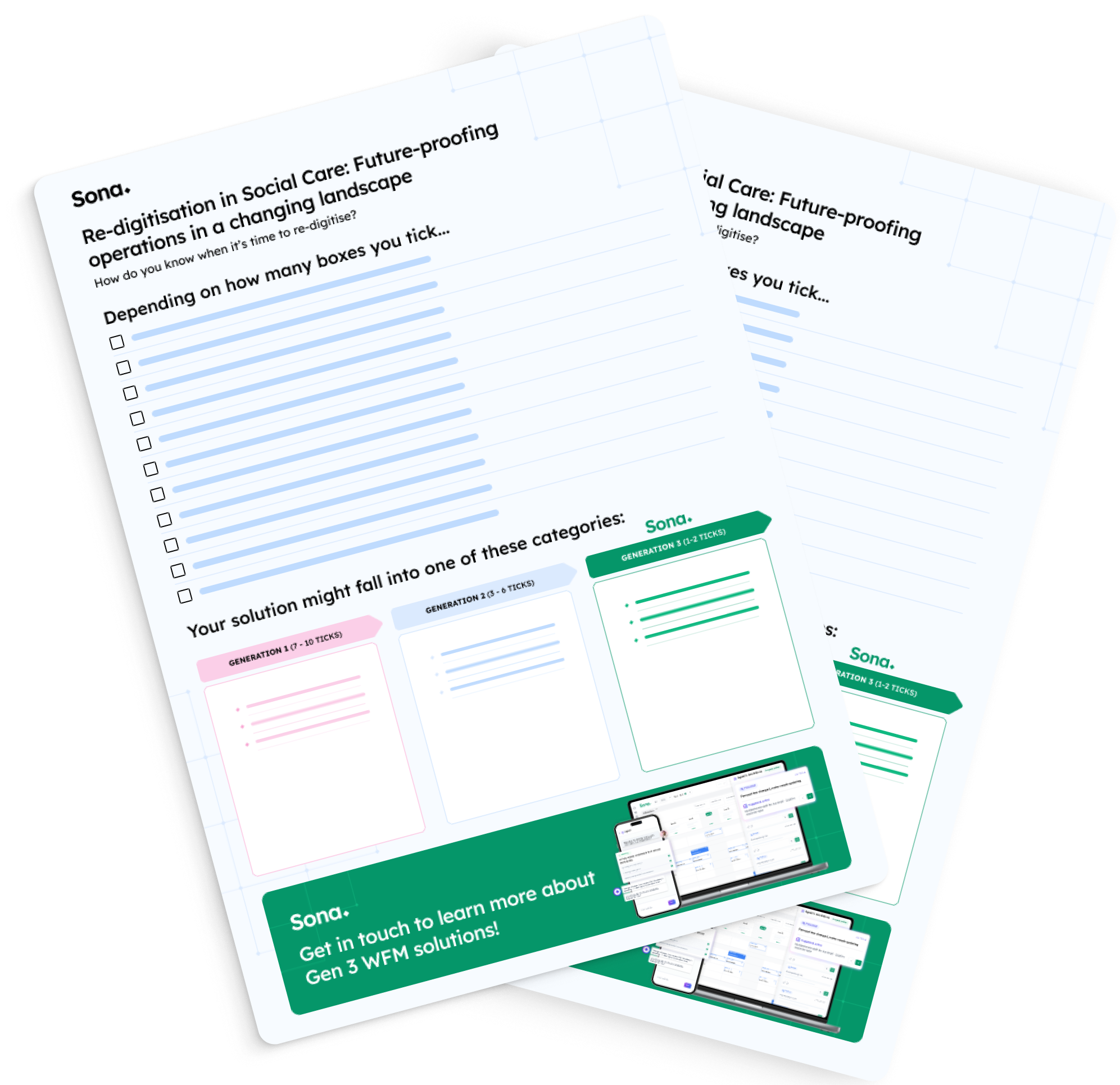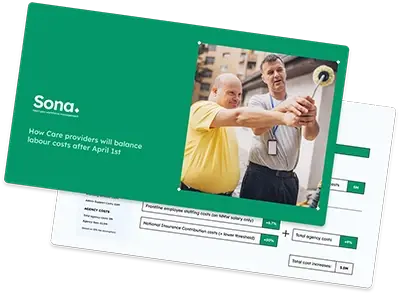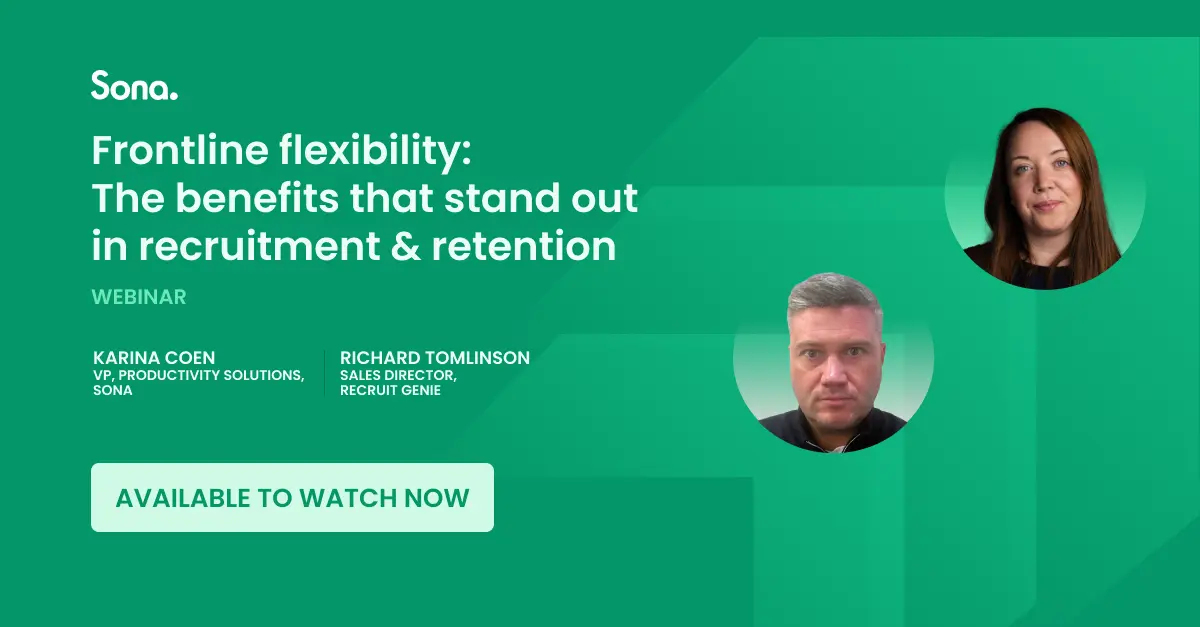Rethinking Recruitment: 5 Takeaways from The Residential and Home Care Show
More than 500,000 adults are currently waiting for social care assessments or support, and the ongoing staffing crisis is to blame.
4 minute read
The vacancy rate remains above 10% across the sector and is even higher in domiciliary care. As a result, 170,000 hours a week of home care were not delivered during the first quarter of 2022.
No surprise, then, that recruitment and retention of staff were hot topics at the first post-pandemic Residential and Home Care Show at London’s Excel.
It was the focus of our Rethinking Retention session with Advinia Healthcare (video coming soon). And we also got to see some of our industry friends take to the stage to share their views on what makes an effective recruitment strategy in care.
Neil Eastwood, Founder of Care Friends, and York Woodford-Smith, Director of Five On A Bike were joined by Liz Jones, Policy Director for the National Care Forum, and Melanie Weatherley MBE, Chief Executive of Walnut Care At Home and Co-Chair of the Care Association Alliance.
Here are our five top takeaways for providers looking at how they can attract more people to careers in care and stay staffed up in 2022.
1) Do you have a recruitment problem...or an hours problem?
Melanie revealed that her company has a higher headcount than two years ago, but she’s getting fewer total hours from her workforce.
One of the main problems is that more over 50s (who collectively own 75% of all housing wealth) are either working less or becoming economically inactive.
Recruiting new staff is the priority, of course, but you should also have a clear understanding of the total hours your existing teams are contributing and if there are things you can do to increase this number.
Our shift filler feature is designed to do exactly this - making overtime shifts instantly available for staff to pick up on their phones. Other ways you can incentivise your teams to pick up more shifts include:
-
Boosting hourly rates for shifts that are harder to fill
-
Enabling early salary drawdown - the option to access a portion of earned wages before payday can increase shift fill rates by more than 25%. (There are providers like Wagestream and SalaryFinance that can ensure this isn’t an admin nightmare for your payroll department).
-
Embracing flexibility. Can you offer more split shifts and accommodate new ways of working (e.g. job shares, term time working) that might appeal to more people?
2) Be smart with your time and money
In many instances, capacity is a bigger problem than demand - “you should be spending more time attracting staff than attracting customers” was Melanie’s straightforward assessment.
According to Neil, that should be equal parts marketing and hiring - “50% of your effort shouldn’t be spent directly on your job boards”. Instead, be present where your ideal candidates are hanging out. Online that still means Facebook, but it also means Instagram and Tik Tok.
The same principle applies ‘in real life’ too. Melanie sends staff to car boot sales on recruitment drives, and adverts outside primary schools can also be effective. Think about the personality types and lifestyles that are a good fit for a career in care and where they’re likely to be hanging out, and go to them.
3) Grab attention with outside-of-the-box benefits
A benefit doesn’t have to be big to be eye-catching. With the current squeeze on the cost of living, the right perks can make a big difference and enhance your employer brand.
One audience member said that their provider offers free Netflix as a benefit. Not only is it appreciated by staff, but they tell everyone about it, boosting word of mouth referrals.
Check out benefits platform Perkbox’s research for more insight into the types of valuable benefits you could consider.
4) Embrace automation
People choose a career in care because they care, not to fill out paperwork. Of course, admin is essential to the smooth running of any workplace, but providers should be automating as many manual and paper-based tasks as possible.
The benefits for recruitment are twofold:
-
“Digital systems can take the strain of the less attractive aspects of care work,” Liz argued. Reducing admin time can make care roles more appealing to potential candidates. As Sona customers can testify, having modern, easy to use systems for frontline staff can boost morale.
-
Managers are freed up to spend more time on hiring. Part of the recruitment problem is that managers don’t have the time to spend on recruitment initiatives like the ones discussed in this article. The right tech can give them four to five hours of their week back.
5) The best form of recruitment is retention
With the sector struggling to attract enough people, it’s never been more important to keep the staff you already have. Or, as Melanie put it, “every time someone walks out the door, you should see it as a failure.”
Focusing on employee happiness at work can have a measurable impact on retention. Leading sector employers have staff turnover rates more than 15 percentage points lower than the industry average (which is high - 28.5% 2020/21).
Spending more time recognising your staff's contributions is the most impactful change you can make to improve retention. Don’t underestimate the power of a simple ‘thank you, and look for ways to add a much appreciated personal touch when praising teams for their efforts.
Ready to go further?
-
We’ve compiled a wealth of helpful retention resources in our Rethinking Retention report, which you can download here.
-
Book a demo with us to speak to one of our knowledgeable and friendly team
-
Ask us a question on live chat (bottom right-hand corner) or drop us a line: hello@getsona.com
Enjoyed this article? Let's stay in touch 👋
If you liked this article, why not subscribe to our newsletter to get the latest news and views delivered straight to your inbox?

